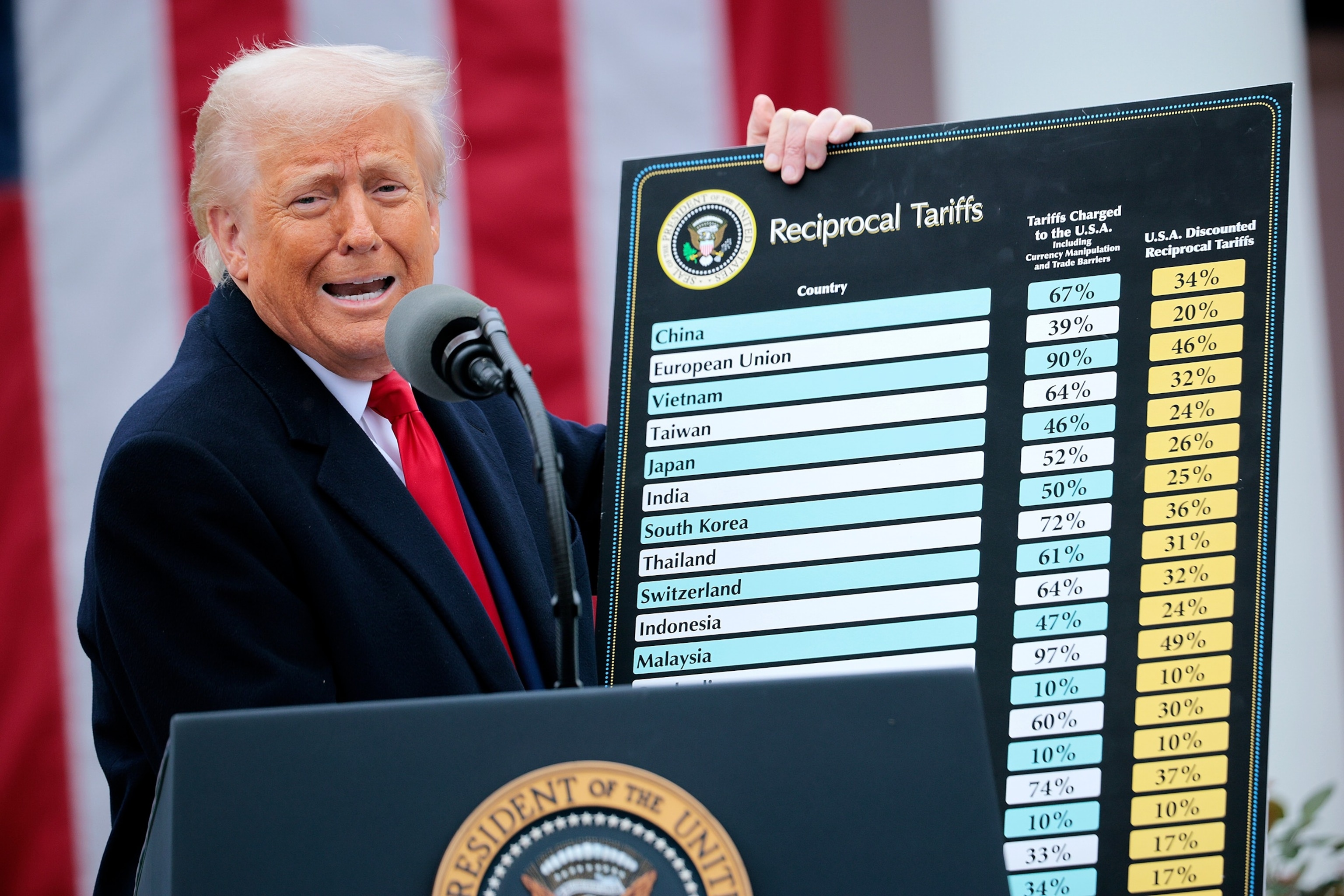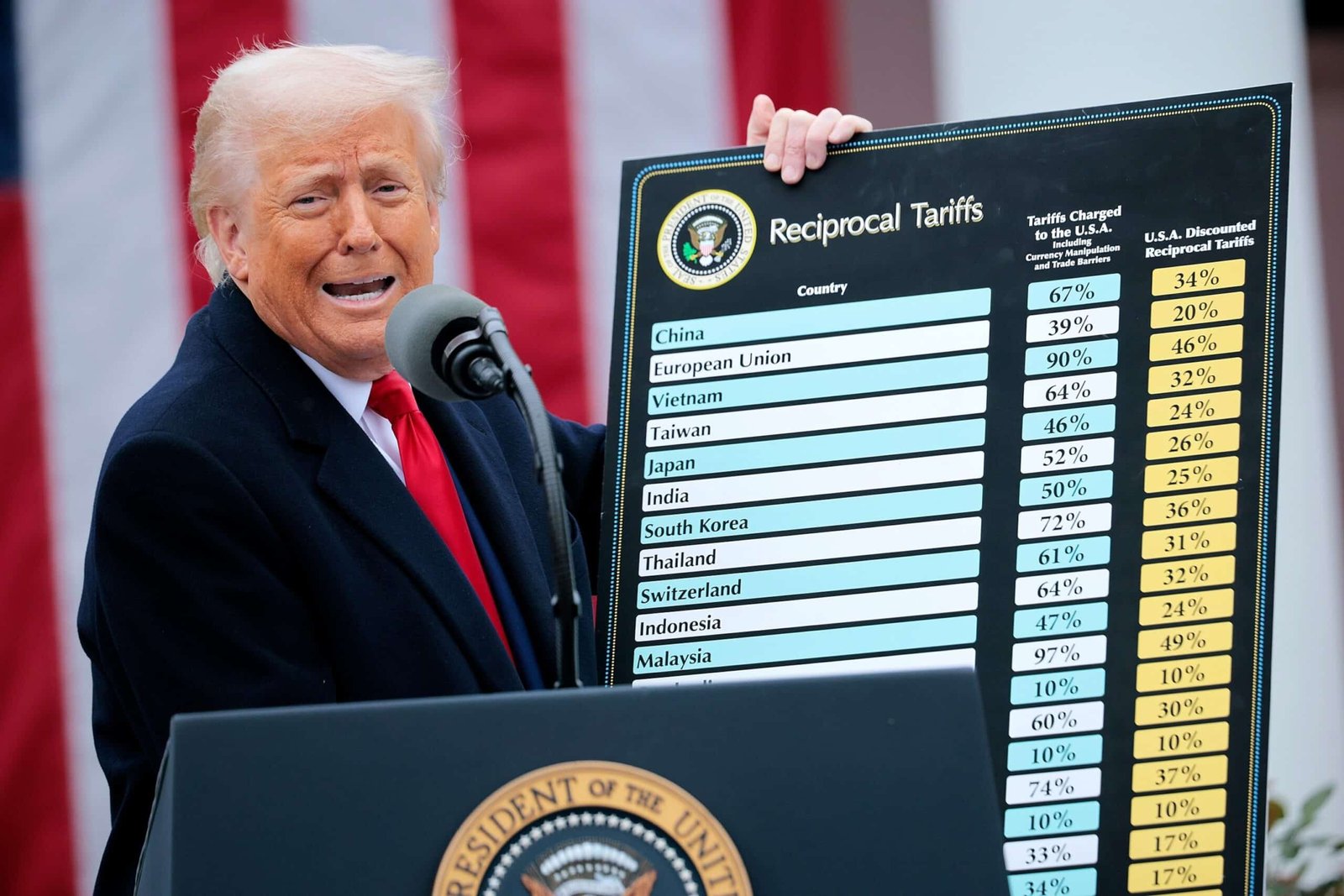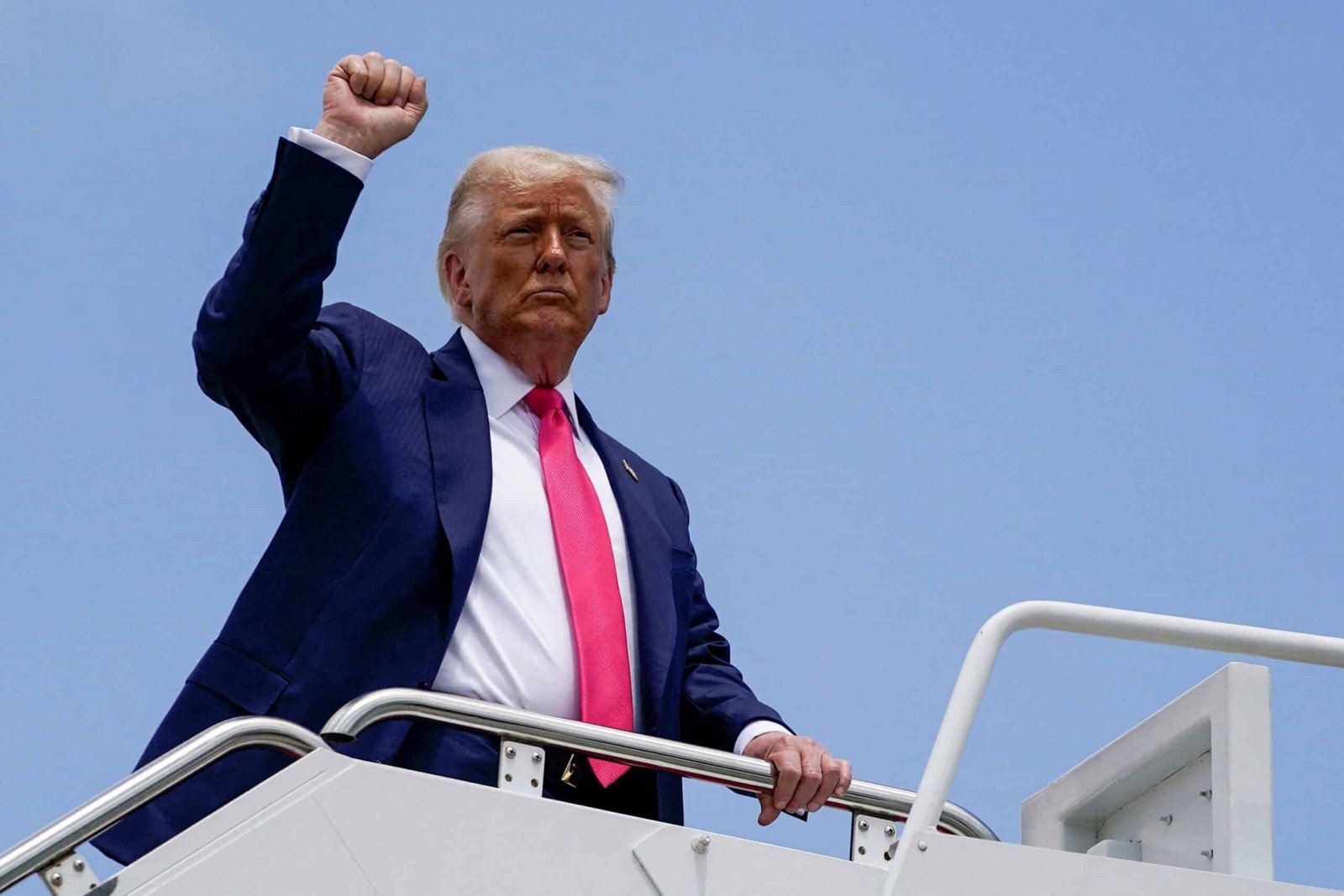The rates of President Donald Trump melted the markets and unleashed the recession forecasts when the president presented radical levies just over 100 days ago. Now, as Trump continues to promote politics, the economy is humming and Wall Street is responding to each new tariff with a shoulder shrink.
A recent round of tariffs has added a new layer of uncertainty, but the history of months gives economists the opportunity to evaluate what tariffs have produced so far.
The analysts who spoke with ABC News accredited tariffs for offering higher tax revenues than expected and helping to obtain some commitments of companies determined to invest in a new production in the United States.
But, some analysts warned, those commitments of the company entail a long horizon of time and maneuvering margin so that companies denounce the expense as the rate policy fluctuates. Meanwhile, tariffs have begun to increase some prices, risking an episode of inflation that could damage consumers and interrupt the economy, they said.
Trump has reverted many of his most pronounced tariffs in recent months, including a lien in China, the main source of US imports. In recent days, however, Trump announced plans to slapped tariffs up to 50% in dozens of countries, including 25% of tariffs in the main commercial partners of the United States such as Japan and South Korea.
In total, consumers currently face an effective rate of 20.6%, the highest since 1910, the Yale Budget Laboratory found this week.
The Trump administration promotes tariffs as part of a broader set of “economic policies in America First”, which “have caused billions of dollars in new investments in manufacturing, technology and infrastructure of the United States,” according to those of the White House. website.
In theory, imports on imports encourage companies to build manufacturing in the United States as a means to avoid fiscal burden.
Dozens of companies have promised a new investment in the United States, including Apple and Nvidia technological giants, Merck and Johnson pharmaceutical companies & Johnson, as well as Hyundai and Stellantis car manufacturers, says the White House.
“The idea is to encourage the rebirth of manufacturing and change the trade balance. All that could have a positive impact,” News Morris Cohen, an emeritus professor of manufacturing and supply chains at Duke University, told ABC.
Companies face the choice to make long-term expensive investment decisions in the midst of Trump Ay-Aleg tariff policies, which the White House has altered numerous times since Trump assumed the position, some analysts said.
A couple of judicial decisions in May pushed some of the tariffs to the legal limbo, adding another layer of uncertainty as the judges of the Federal Court of Appeals determine whether a large strip of the policies approves the legal meeting.
“The companies that make promises are trying to deal politically with Trump,” said Matias Vernengo, professor of Economics at Bucknell University, ABC News, adding that he hopes that many companies finally not reach their commitments.
“It would be good if he announced a tariff policy and adhered to her. But that is not what is happening,” added Vernengo.
The Trump administration has rebuked criticism of its tariff approach, saying that flexibility offers White House officials taking advantage of commercial negotiations with countries attacked by taxes.

President Donald Trump holds a table while speaking during a commercial event “Make America Wealthy Again” in the Rosas Garden in the White House, on April 2, 2025.
Somodevilla/Getty chip
Meanwhile, tariffs have thrown an explosion of fiscal income as importers to pay the federal government when they bring goods aimed at the US., The United States registered around $ 27 billion in fiscal income related to the rate last month, which carries total payments so far from year to more than $ 100 billion, showed data from the Treasure Department.
Mark Zandi, chief economist of Moody’s Analytics, said tariff revenues could exceed $ 300 billion by the end of 2025, which would amount to almost 1% of the American gross domestic product. That income could help relieve government deficits, some analysts said.
“Tariff income is more substantial than I expected at the beginning of the year,” said Zandi, and pointed out that rate levels had remained higher than he expected.
Even so, Zandi expressed skepticism about the power of permanence of tax payments.
“It would not be prudent for legislators to have these income in the future, since it is not clear if the tariffs will remain in place since they will find that they are illegal or future presidents can decide to reduce or eliminate them under executive order,” Zandi said.
Meanwhile, the US economy has so far challenged analysts to a large increase in prices induced by the rate. Even so, tariffs contributed modestly to the increase in inflation last month, analysts previously said to ABC News, citing price increases in the categories of products composed mainly of imports.
Consumer prices increased 2.7% in June compared to a year ago, coinciding with the expectations of economists, but marking an increase of the previous month. Even so, the inflation rate recorded below 3% registered in January, the month that Trump assumed the position.
The price of toys, a product that depends almost completely on imports, increased six times faster in June than only two months before. Commonly imported products, such as clothes, furniture and bedding, were also among the products that increased the price.
Vernengo, from the University of Bucknell, said that tariffs would probably increase inflation during a temporary period, pressing the Fed so that interest rates were high and, in turn, will risk an economic slowdown.
“Prices will increase as Trump imposes tariffs. Then, as tariffs are established and prices are adjusted, they will stop growing,” said Vernengo. “It is the reaction of the Fed that will matter more in my opinion than the rates.”






